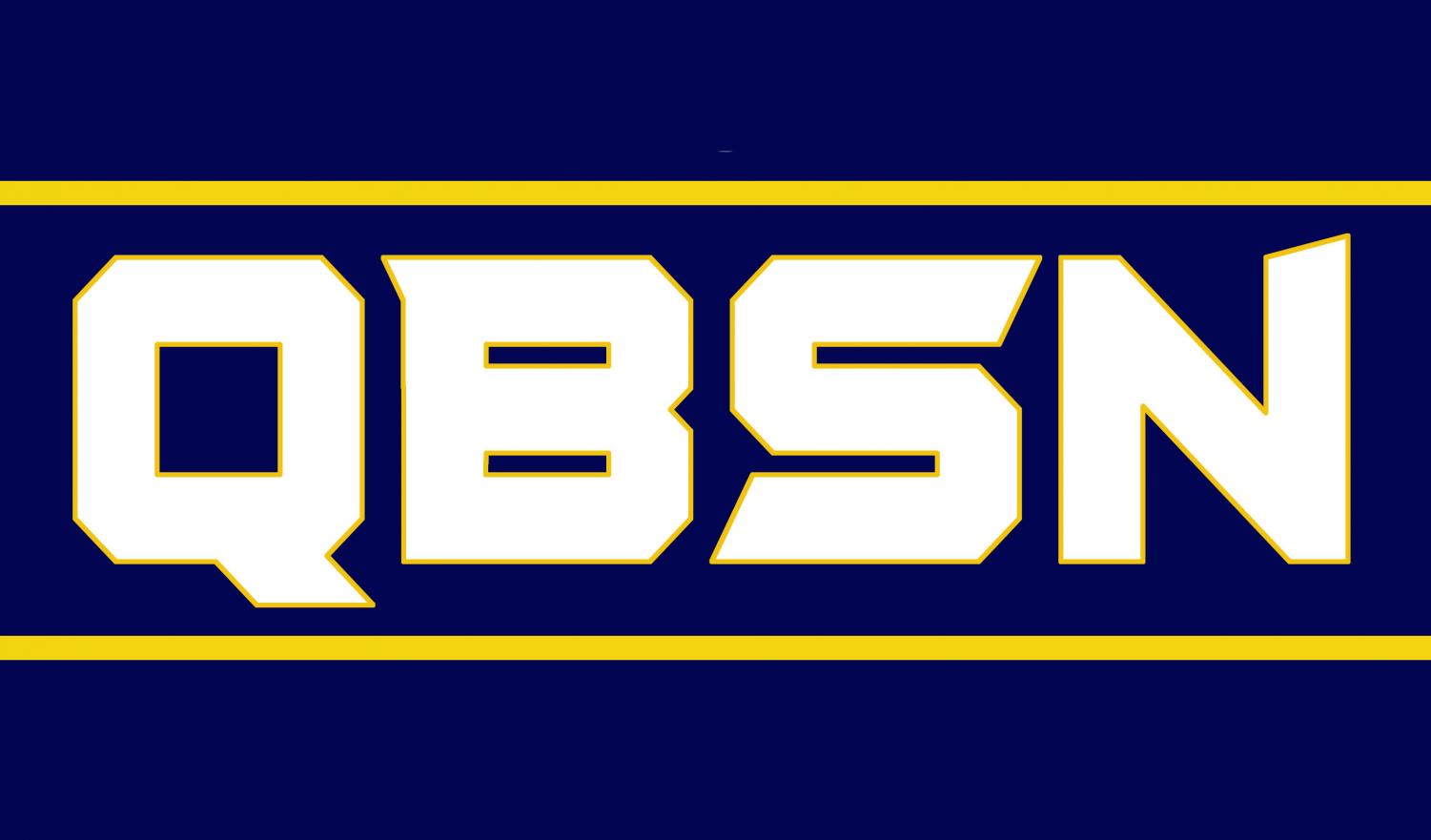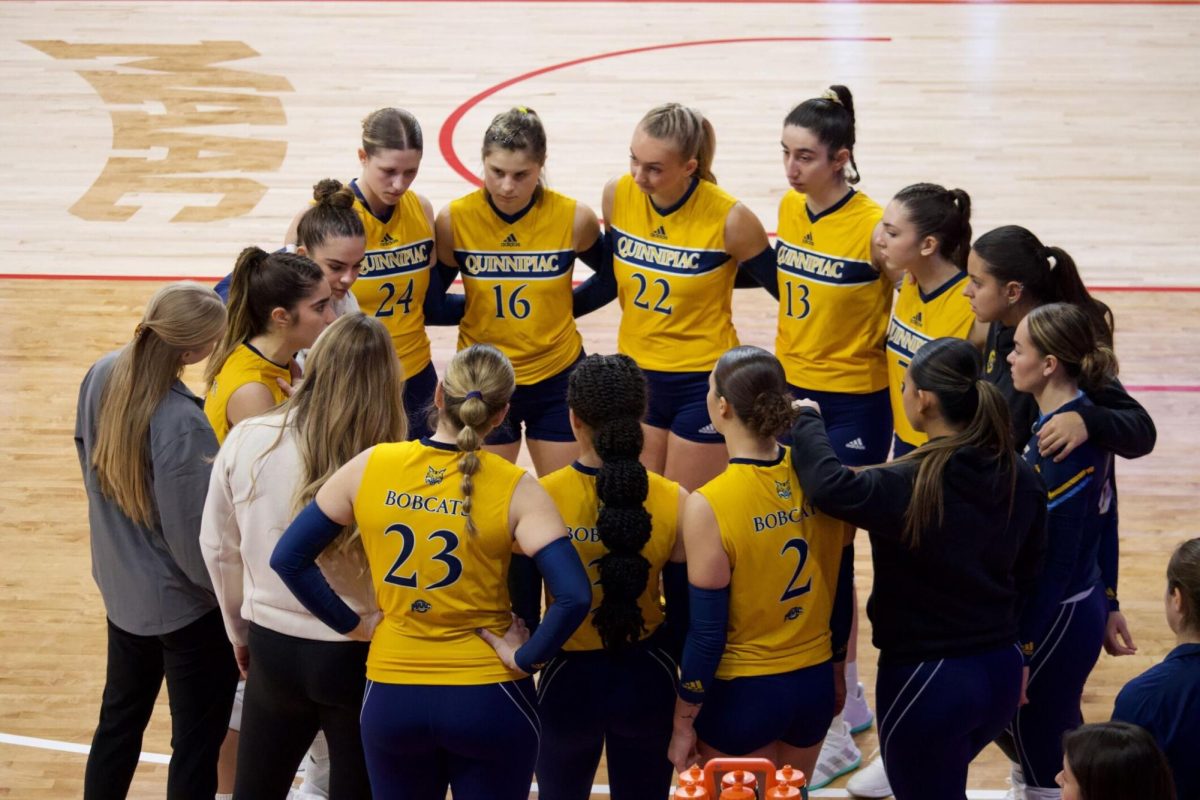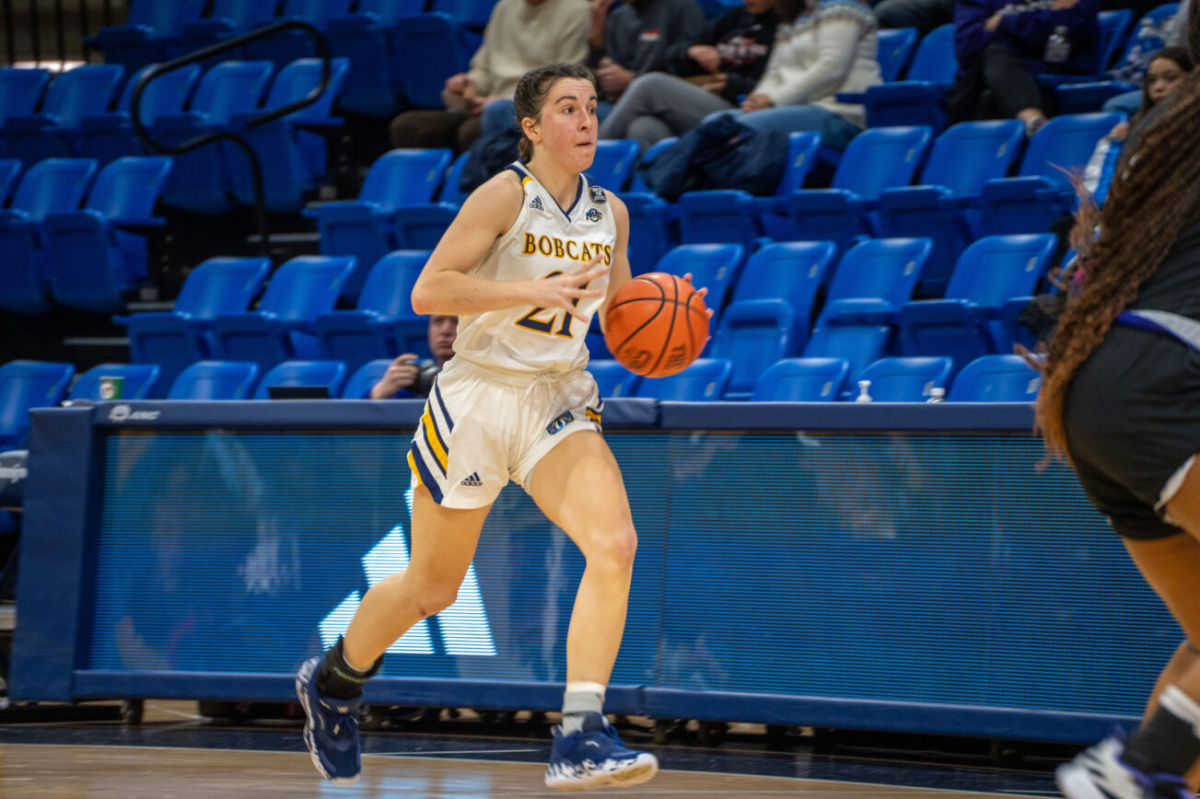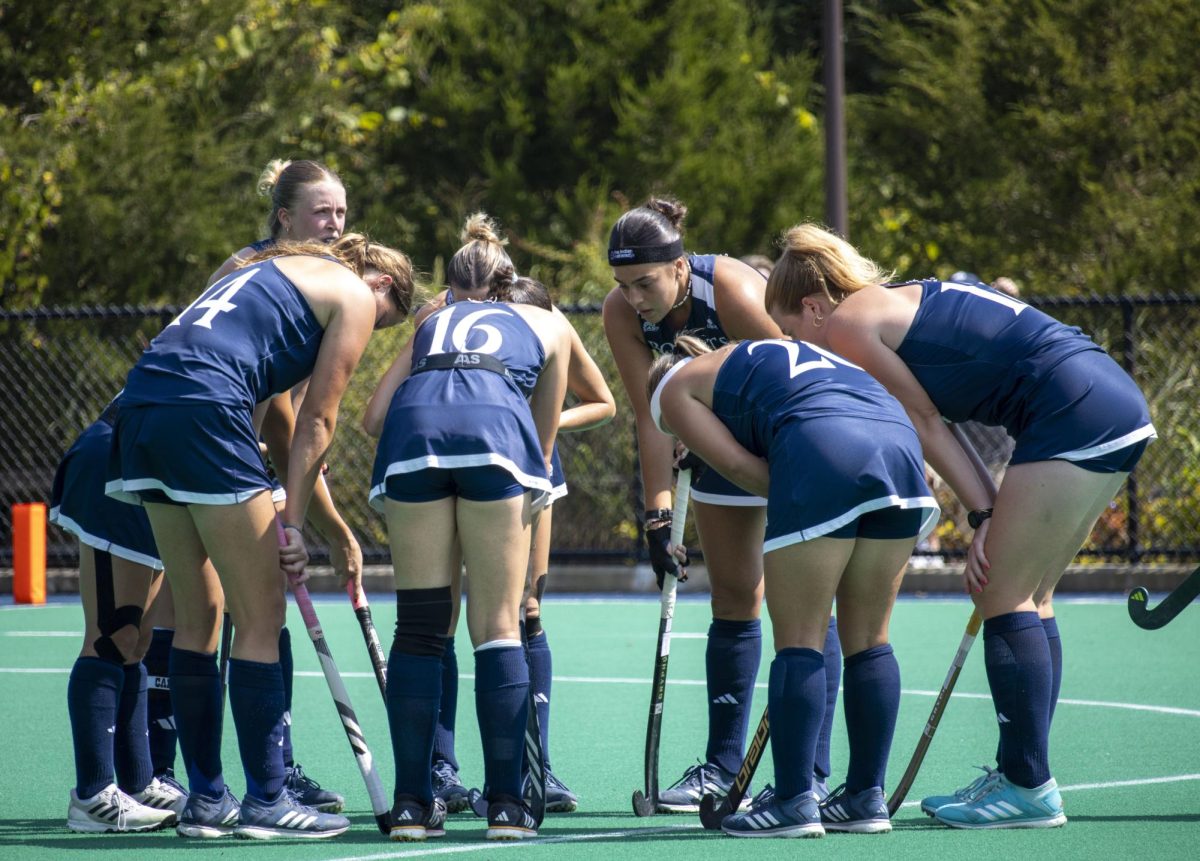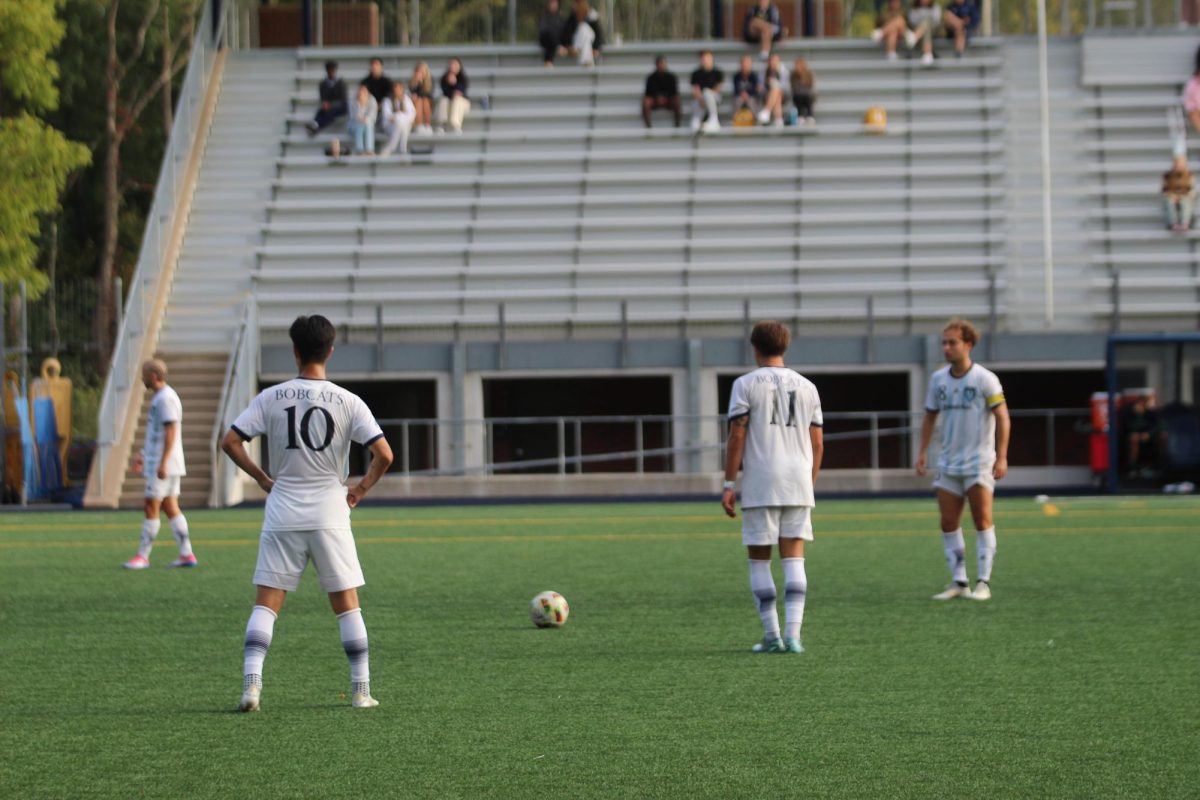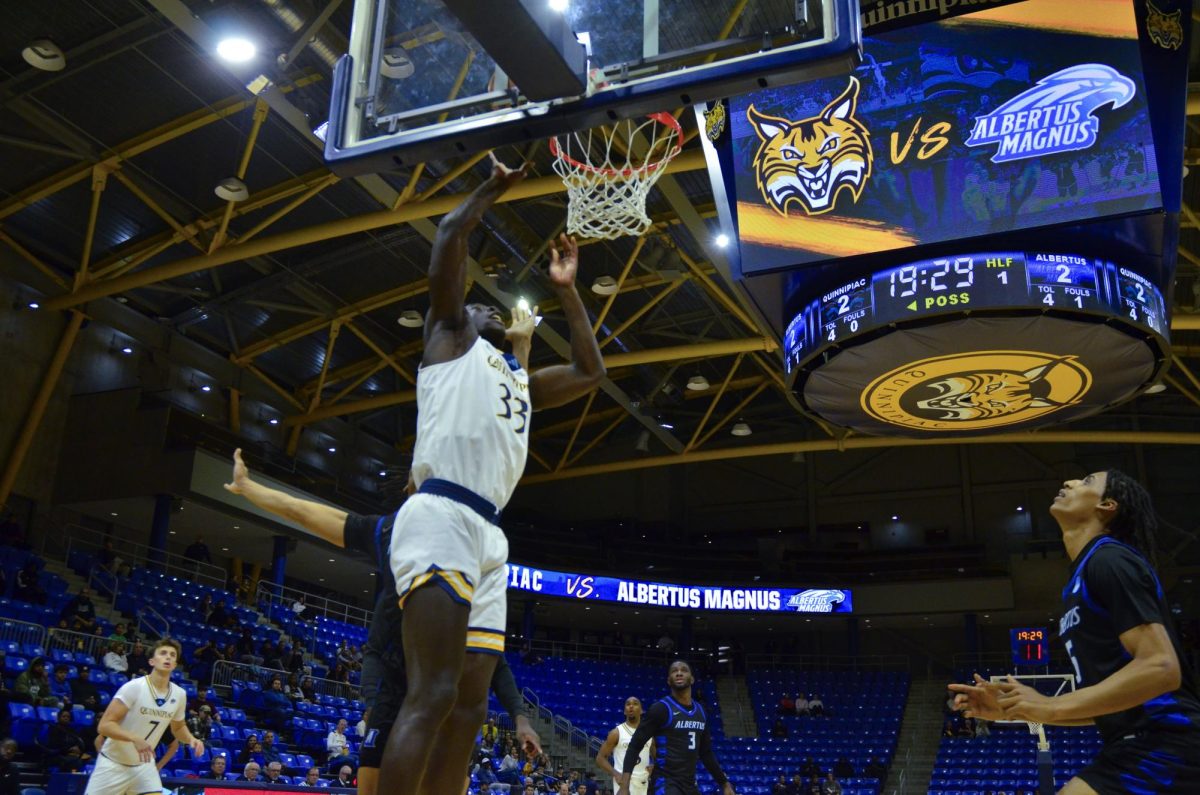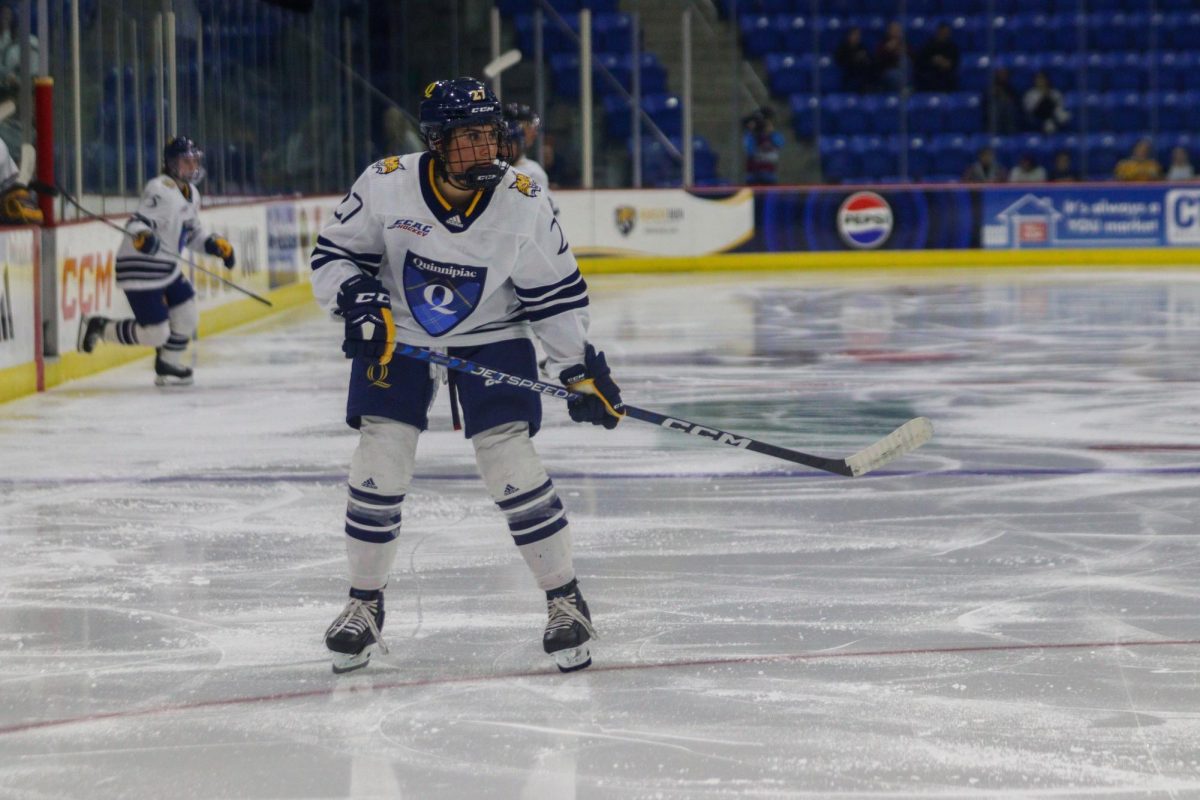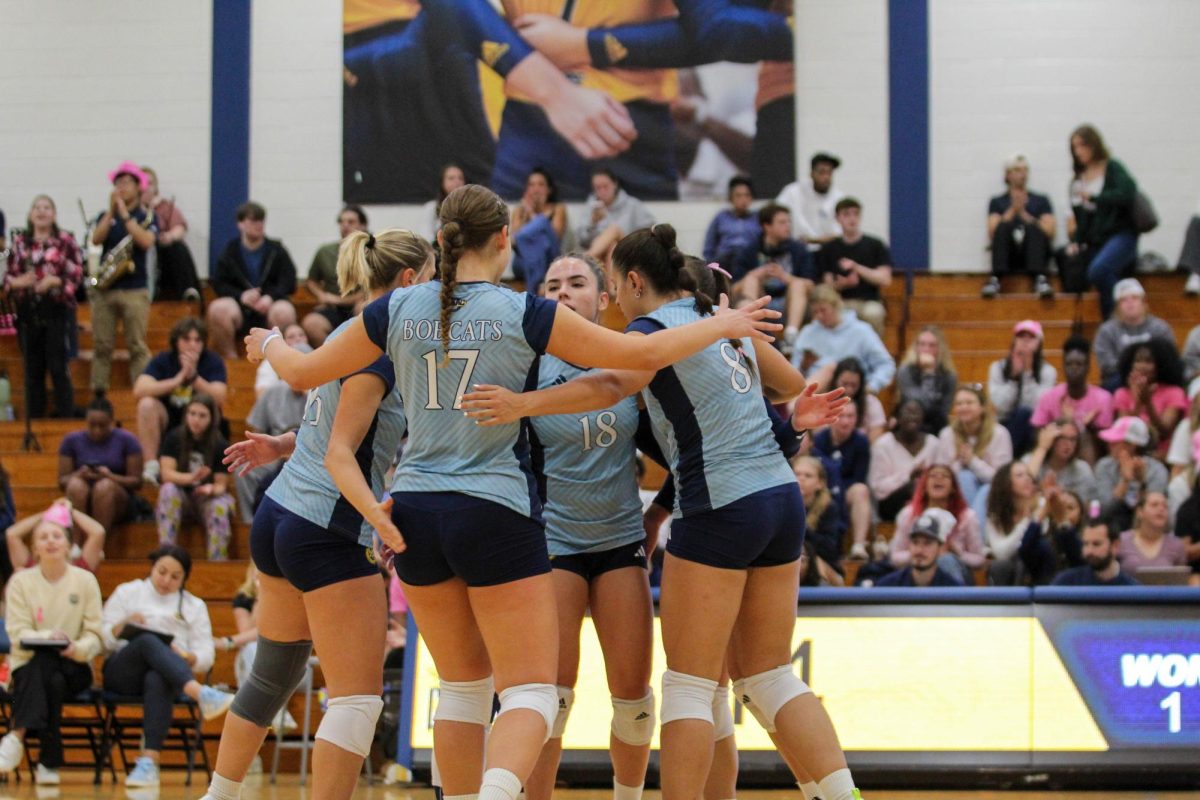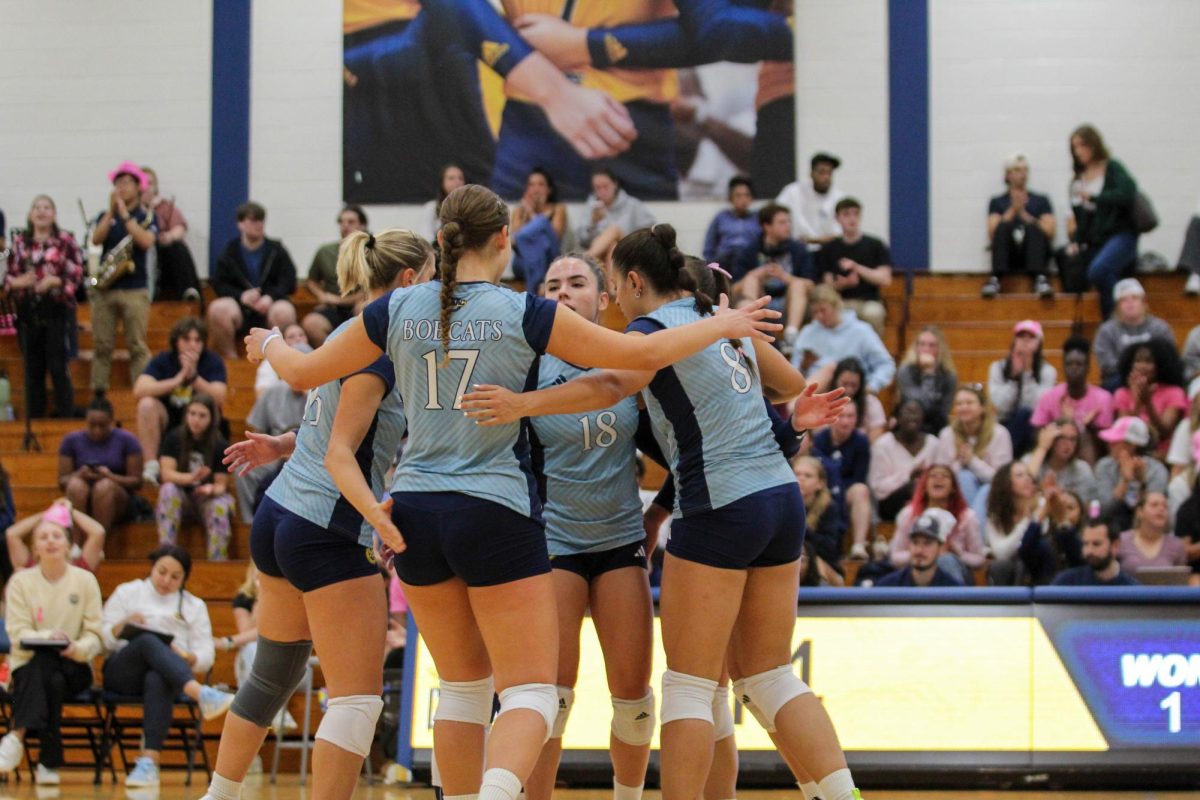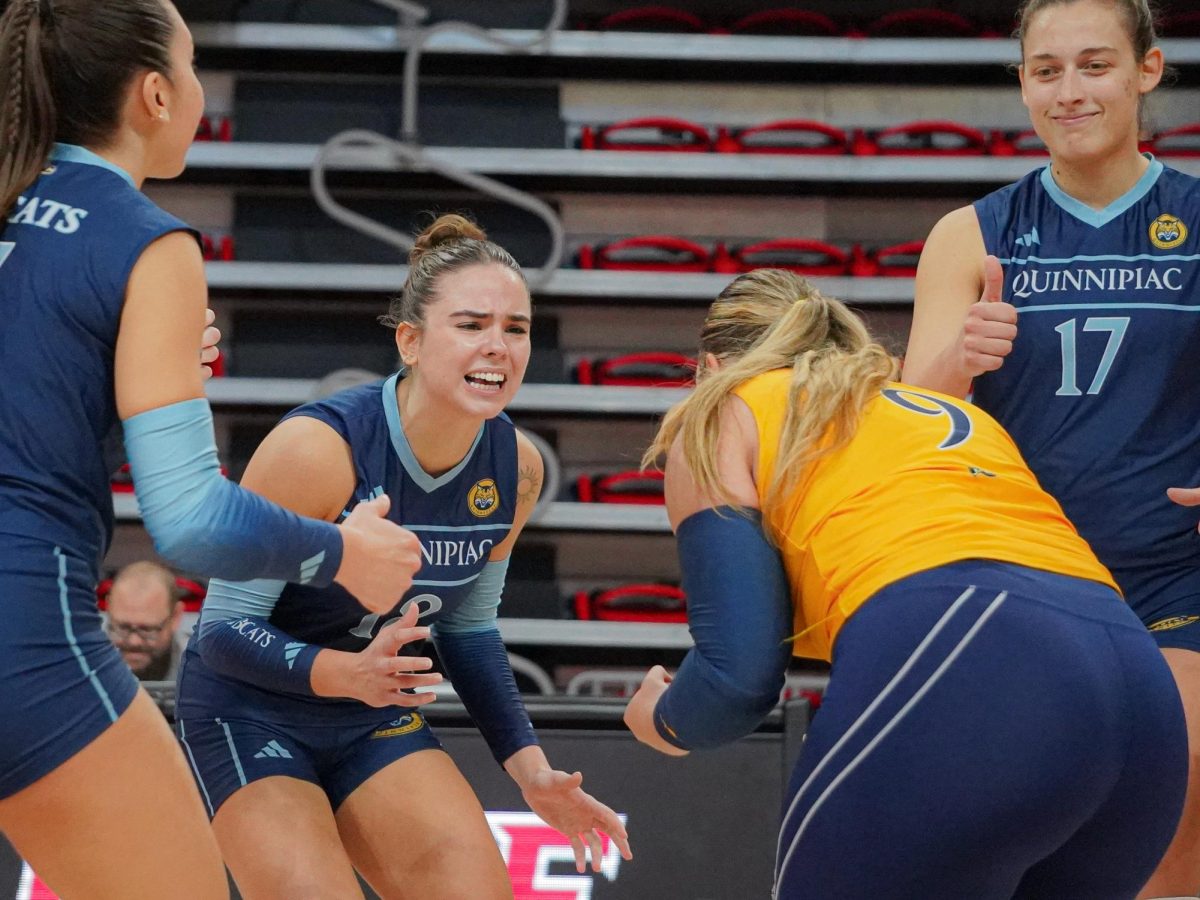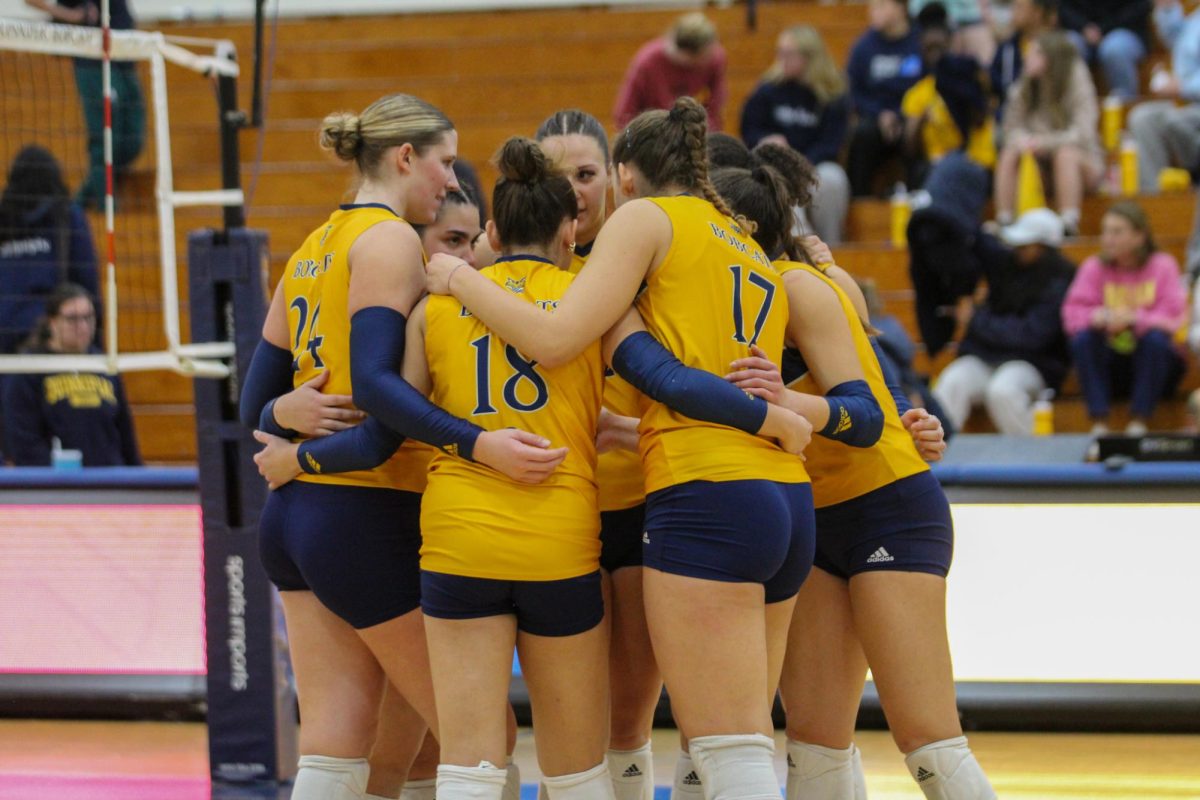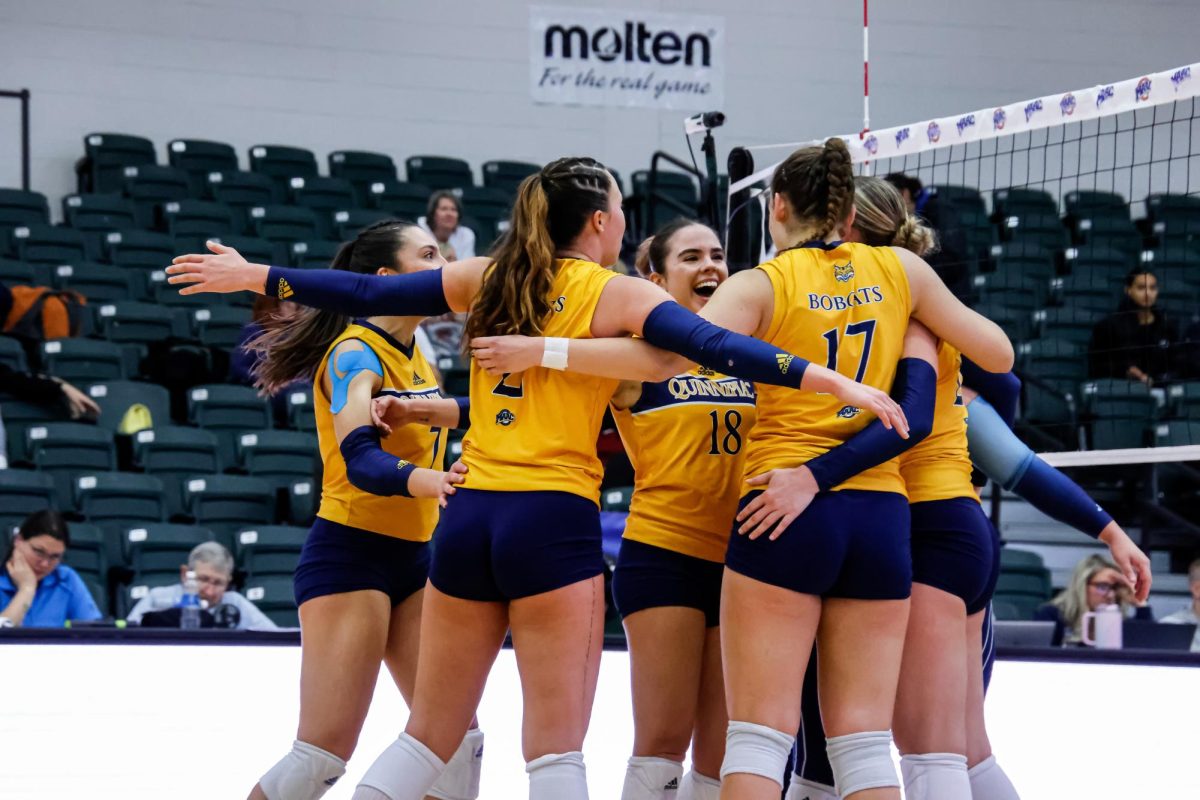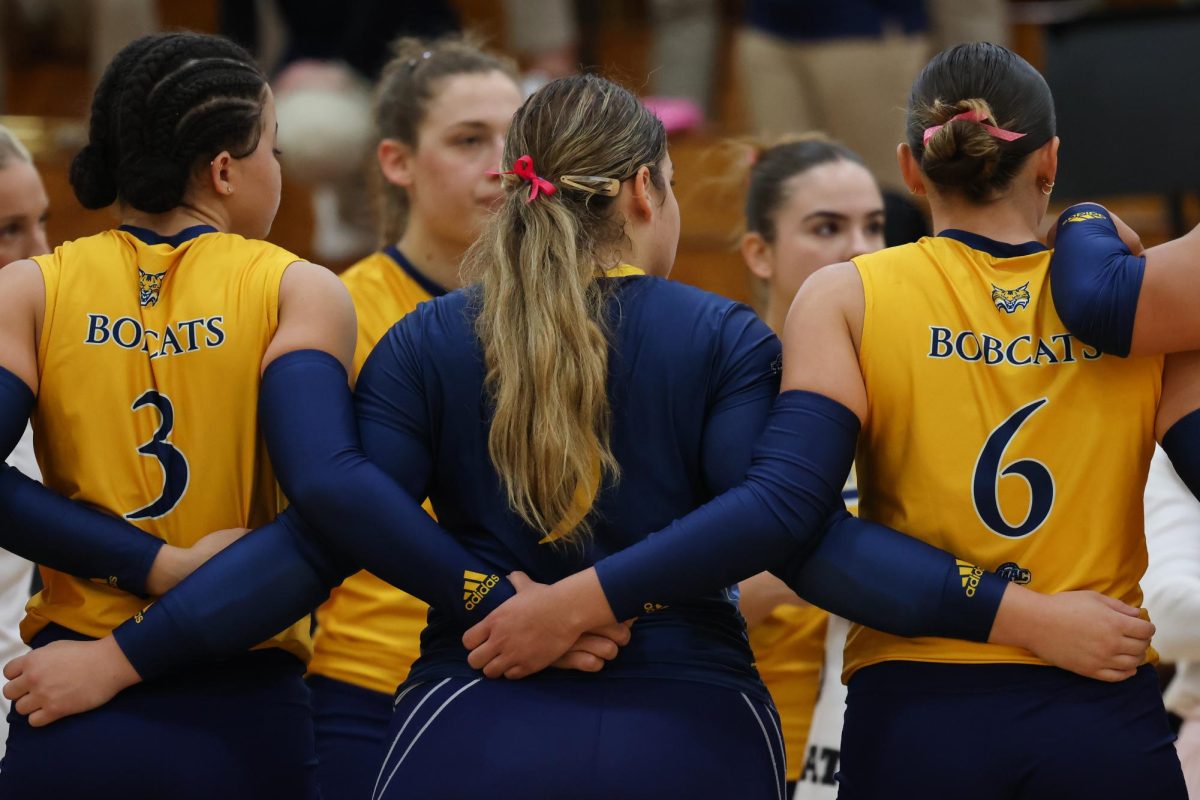On Feb. 20, the NCAA announced several new rule changes for volleyball’s collegiate landscape, which changes the game as a whole and for some, fans, players and coaches, adds a twist.
Double Contact
The biggest rule change announced revolves around double contact. In previous years, the NCAA did not allow double contacts while in play, but this rule was changed on Tuesday. The NCAA has now approved double contacts to be allowed in volleyball matches.
Double contacts, by rule, allow that “players can contact the ball more than once with any part of the body in a single attempt on a team’s second contact when the ball is played to a teammate,” according to the NCAA.
This is a controversial rule change, as it practically redefines the concept of setting the ball. Setting has been long known as an asthetically pleasing aspect of the sport, which now forces players, coaches and referees to make adjustments as to how the game operates.
In volleyball, the setter is the player who receives the ball second in the play’s development, puting the ball in a position for one of the hitters to spike the ball onto the opposing side. Setters have historically been taught to set the ball without spinning it. Too much spin, and a double contact occurs.
This is a controversial change for setters, as it relaxes many of the restraints previously placed on this position. For some players, like Quinnipiac’s Chloe Ka’ahanui, it goes against how hard they worked to ensure a double contact was not called.
“As setters we work super hard,” the senior setter said. “We’ve been training since we were so young and with this rule, I think it goes against everything a setter is.”
Not only do the Quinnipiac players have poor opinions on this rule, but people on the internet share this sentiment as well.
The rule change is a prime example of the sport’s evolving nature, which has long walked the line between an art and a competition.
“The new pushes out the old,” head coach Kyle Robinson said. “This rule is just for new-school volleyball that pushes out the old-school volleyball, which, in my opinion, is more about the art of the sport and not just about playing. It kept an art in setting.”
Volleyball has been long known as a beautiful combination of athleticism, strategy and teamwork. Players demonstrate strength, agility and accuracy as they move around the court. They do this by expertly coordinating their movements, which from a setter’s standpoint, is not double-contacting the ball.
“Thinking about the overall game of volleyball, I think it takes away its beauty from it,” Ka’ahanui said. “The volleyball game is just so beautiful that I think this rule takes away the overall craft of it.”
An adjustment has to be made by the players and coaches with this rule change as well. With the remaining largely the same from a rule standpoint since it was established, the players and coaches will have to accept it and adapt accordingly.
“I feel like we’re going to go up to the referee and say ‘that was a double,’ and then realize the rule just got changed,” sophomore setter Damla Gunes said. “It’s just going to be hard to adapt and not go to the referee and tell them it was a double.”
Not only do the players and coaches have to adapt, but the referees have to adjust as well. Throughout their careers, they have been used to calling a double touch when they see one, but they are now going to have to change their habits to accommodate the rule.
“The refs have been trained for years and years to immediate call that [double touch],” Ka’ahanui said. “Maybe there will be some mistakes throughout games where it will have to be all-good, ref’s mistake [and replay point].”
However, in this kind of situation, if the ball is played over the net with a double touch, it will be called a fault, and the team will lose the point.
Two Liberos:
The panel also decided that each team could have two liberos allocated to them for each set of play. However, a single libero can only be present on the court at once. The proposal’s justification is to provide more players the chance to compete, increase action and enhance gameplay.
Other Changes:
Other rule changes announced are as follows:
- A referee is allowed to issue an administrative sanction, also known as a red card, to the home team in instances where spectators encroach the playing area and the host administration fails to resolve the problem.
- Interference above the net — regarding whether an opponent was touched — is now added to the list of plays that can be challenged in video review.
- An expansion of the NCAA’s jewelry rule now allows small, snug-fitting nose rings and ear cuffs.
We will not see how these rules are implemented in real game play until the 2024 fall season, but doing so will give the players, coaches, officials and fans time to adjust to the changes before the next season begins.


